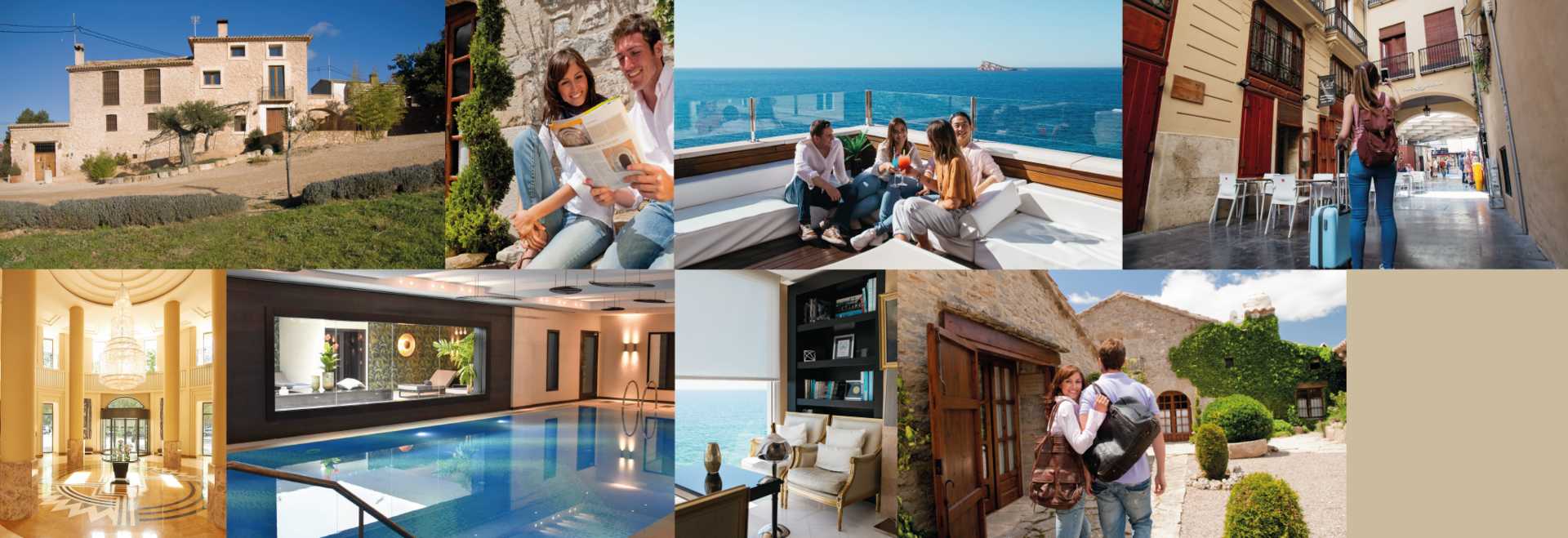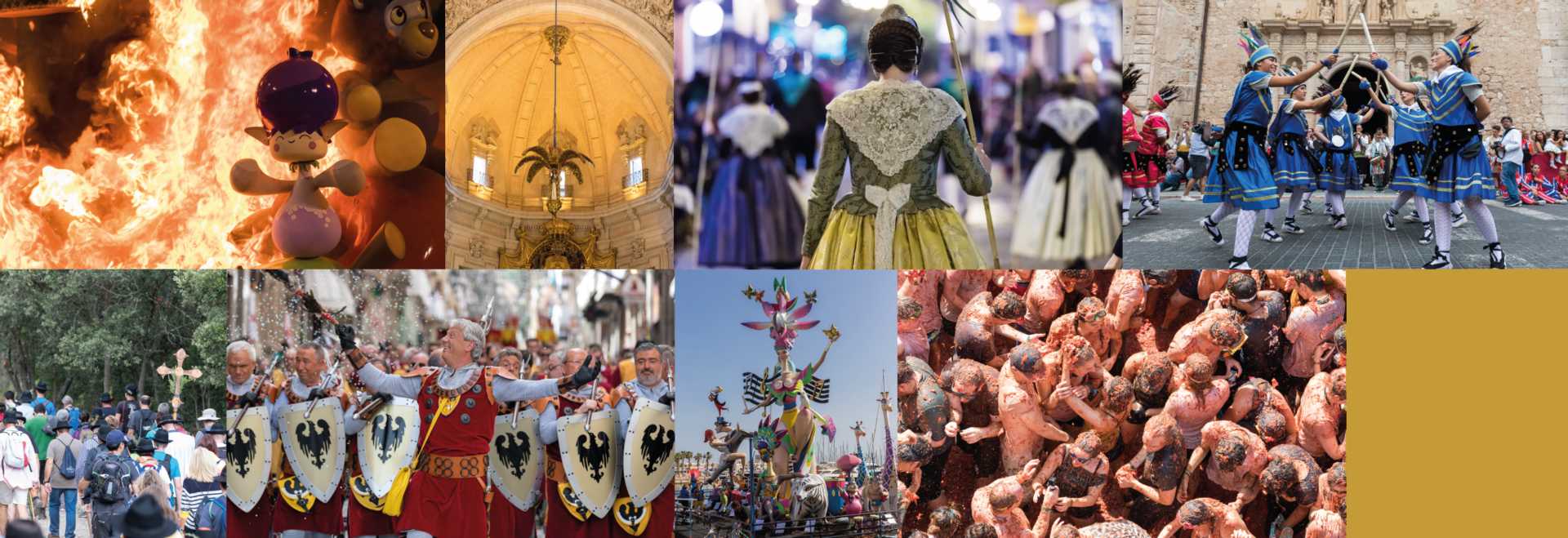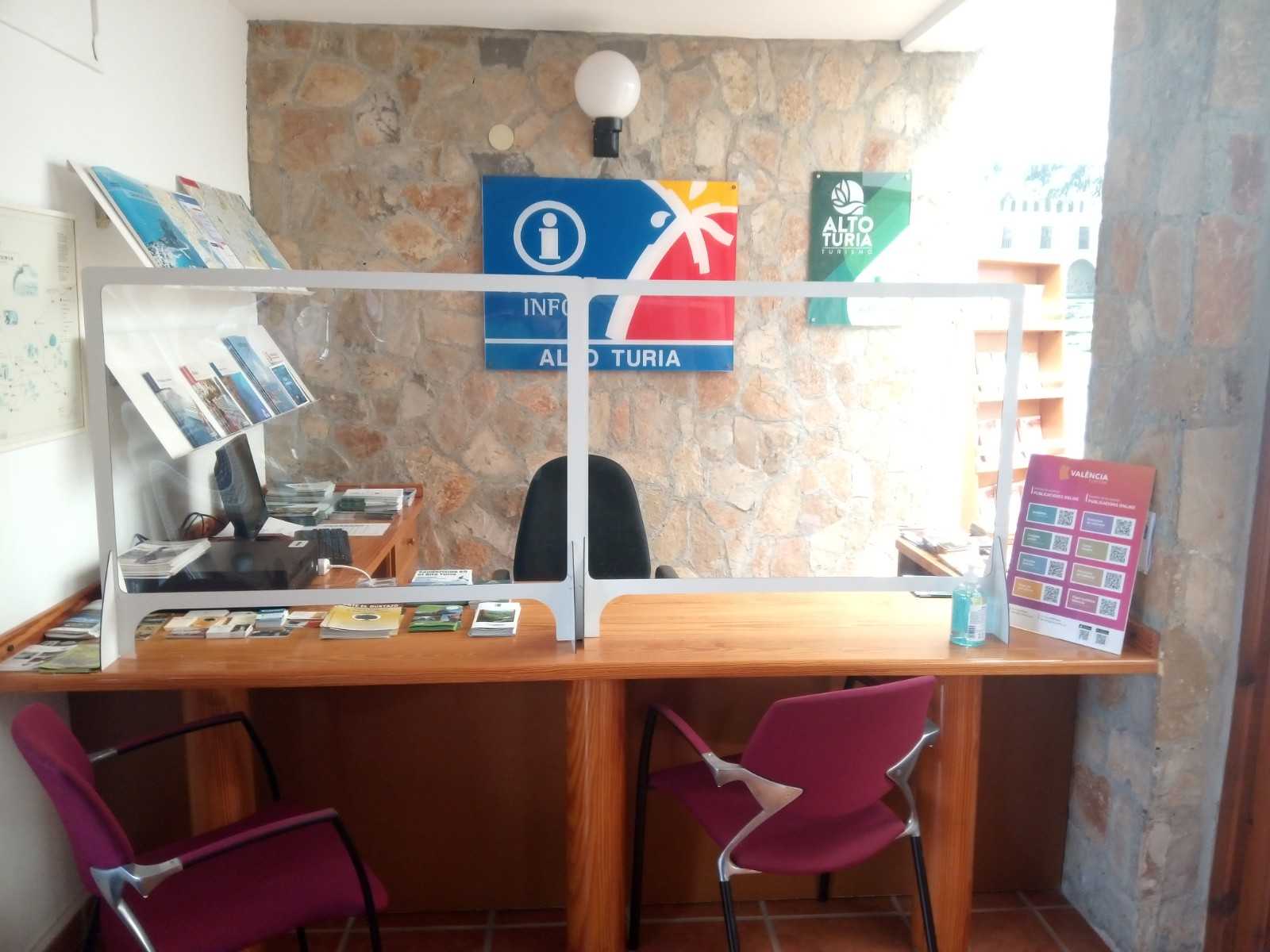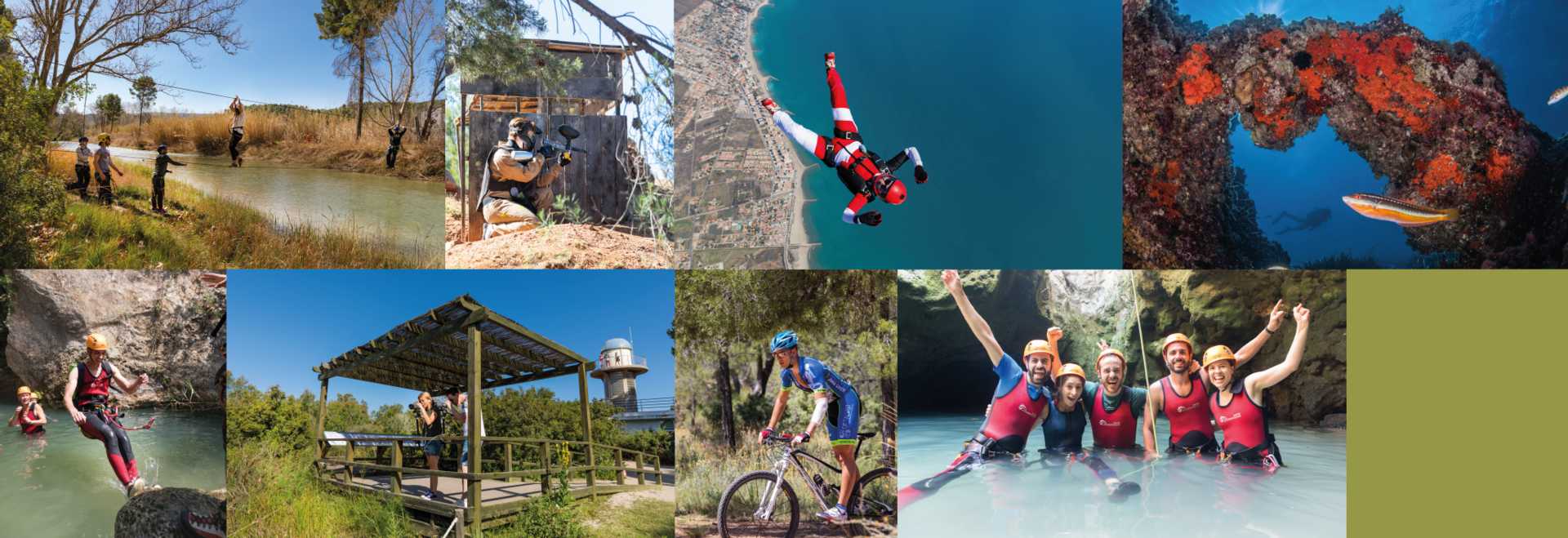Abrigos rupestres
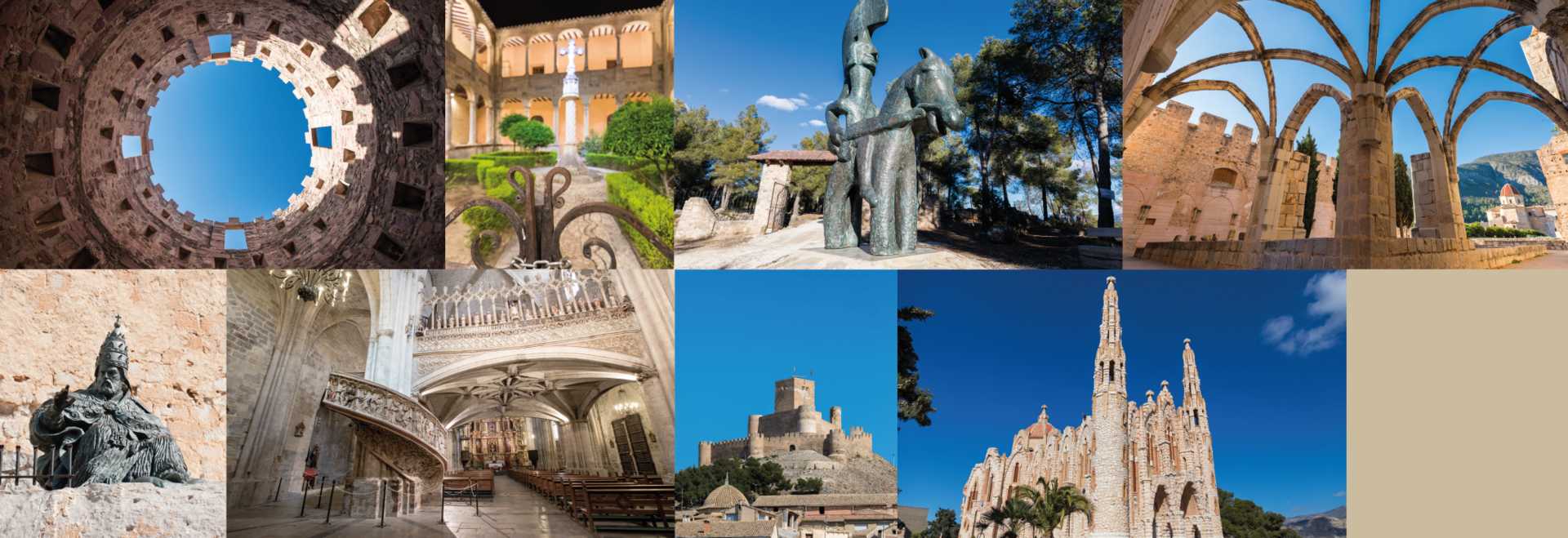
- Corrales de la Silla
- Tuéjar
- 46177
- contact information
- +34 96 163 50 34
- info@tuejarturismo.es
- Access the web
Visting Tuéjar is like stepping back thousands of years in time. At Corrales de Silla, there are some beautiful cave paintings preserved in three shallow open limestone rock shelters. In the first rock shelter, which dates back to 10,000 AC, you can see a depiction of a large human figure and, to the right, a fully preserved deer. Other cave paintings in the rock shelter include another deer, which is more difficult to see, and the right side of another animal.
The second rock shelter, dating back to 5000 AC, is much larger. Throughout history, it has been used to house cattle. In terms of the paintings, there is a small and complete goat, the forehead and horns of another goat and outlines of many other figures.
Dating back to 6000 AC, the third and final rock shelter has the most paintings. The depictions here are of archers at war, standing in different positions, and holding their bows and arrows. Five of the paintings are very clear.
The paintings were made using mineral pigments in different tones of reds, blacks and whites. Bird feathers and plant stems were used as paintbrushes at the time, as they gave fine and precise lines. The purpose of these paintings was artistic depiction, a means of communication and a way of expressing the collective imagination.
The cave paintings at Corrales de Silla have been declared a UNESCO Cultural Interest Site.









